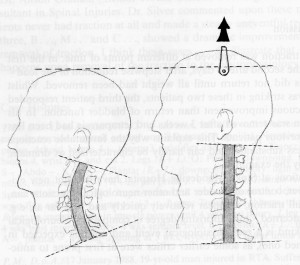The Importance of Spinal Curves
Good posture is more than just a visual analysis of the way one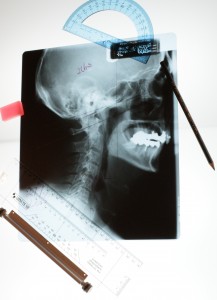
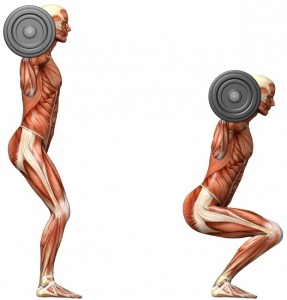
The cervical curve is the arc in the neck made up by the vertebrae.
“Loss of the cervical curve stretches the spinal cord 5-7 cm and causes Disease.” Alf Breig, MD Neurosurgeon and Nobel Prize Recipient
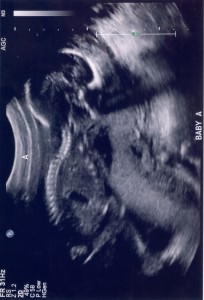
Notice the cervical curve on this feetal ultra sound at 18 weeks.
We have a cervical curve at 8 weeks in the womb. As an adult your cervical curve should be approximately 45 degrees for optimum mechanical and neurological function. When we lose the curve our spinal cord and it’s surrounding blood vessels are stretched. This interrupts vital signal transmission to and from the brain. Spinal curves are important!
Research shows that a loss of the cervical curve can lead to the following:
- All measures of health status show significantly poorer scores as the head goes further out in front of the body.
- Chronic headaches
With a proper curve your spinal cord is on the concave side of the curve. When the curve is lost the spinal cord is stretched leading to many health issues.
- Low back pain
- Degeneration of the spine
- Poor injury recovery
- Arm pain
- TMJ disorders
- A change in mental health status
- Acute and chronic neck pain
- Poor respiratory function/apnea
- Spinal cord atrophy
- Airway obstruction
- Increased vulnerability to injury
The thoracic curve (or the curve in the mid back) should not be flat or hunched. When the thoracic curve is greater or less than normal it may be implicated in the following:
* A 2009 study found that senior citizens with hyperkyphotic thoracic curves (or overly stooped posture) have higher mortality rates (early death). Annals of Internal Medicine and the Journal of the American Geriatric Society
- An increase in falls
- An increased likelihood of suffering whiplash injury
- Sagging breasts
- Lowered lung capacity
Going Deeper and Looking to the Spinal Curves
As with the Olympic athlete example, the lumbar curve is essential for spinal strength and a loss of the curve is implicated in the following:
-
Degeneration of the lumbar discs (Note that a recuperation of the curve with specific Pettibon exercises may rehydrate discs and increase their height)
- Nerve compression leading to lower body pain, bowel/organ dysfunction
- Increased likelihood of disc herniations
Scoliotic Curves
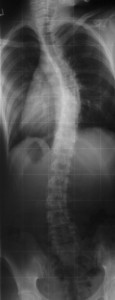
Realize that this is not standard chiropractic. This is a system that integrates pattented spinal rehabilitation with chiropractic care to predictably and measureably help scoliosis.
